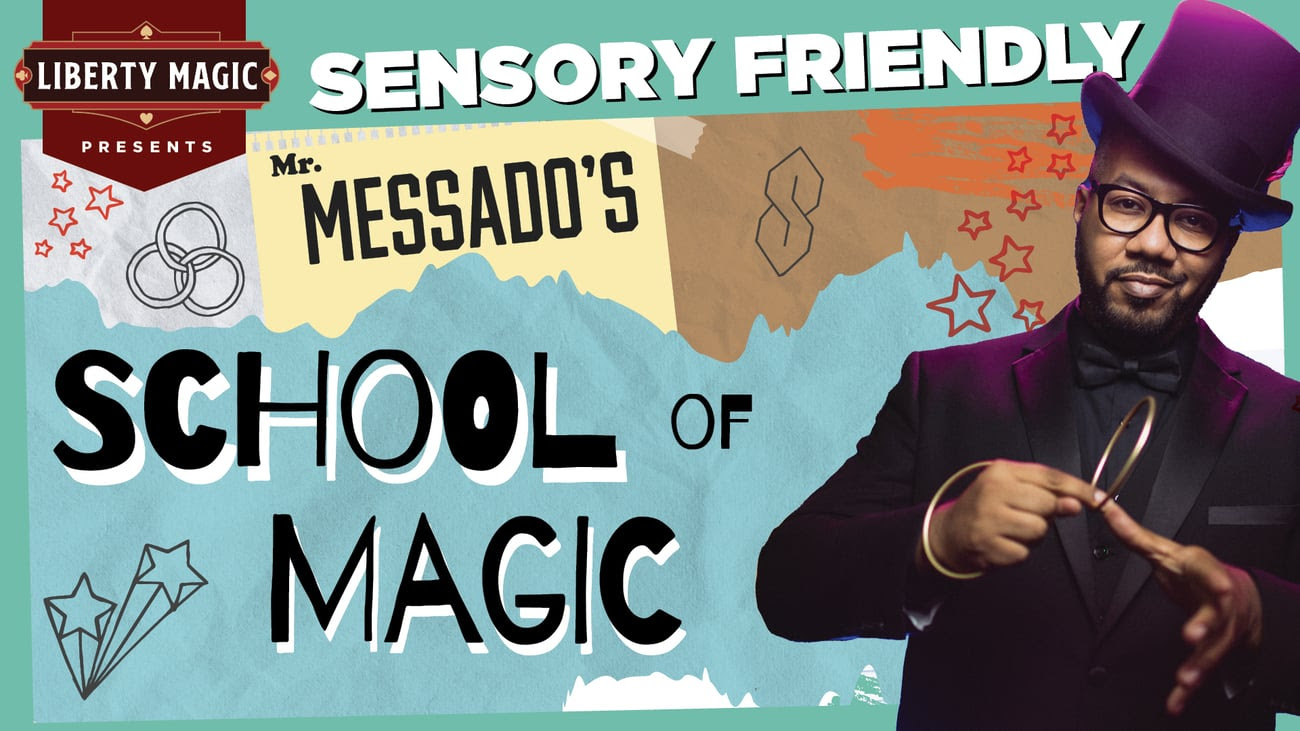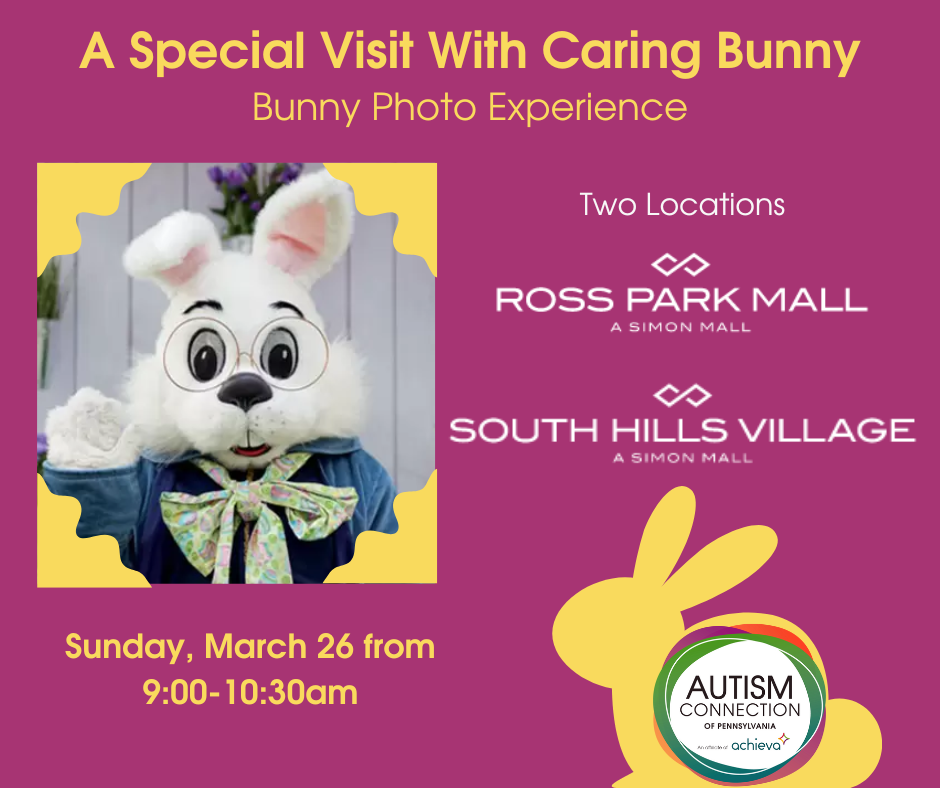A sensory-friendly room can be a crucial step toward providing comfort and relaxation for people with sensory sensitivities. However, the idea of taking on this task may seem overwhelming because of the high costs associated with it. Recently, Autism Connection of Pennsylvania visited our friends at Three Rivers Community Care, where CEO, Allison Broaddrick, demonstrated that many of the elements found in our region’s large, sensory-friendly spaces can be replicated on a smaller, more affordable scale. Examining larger projects in the Pittsburgh area is a source of inspiration.
Examples of Sensory-Friendly Areas
Autism Connection of Pennsylvania has seen innovative examples of areas that help people with sensory sensitivities since the Pittsburgh Cultural Trust brought sensory-friendly performances to our region back in 2013. One of the most outstanding endeavors is the sensory-friendly area at the Pittsburgh International Airport, Presley’s Place. This project motivated The Honorable Jennifer McCrady to initiate sensory friendly areas in the Family Division of the Allegheny County Courthouse.
-

-
Sensory-Friendly Area Presley’s Place at the Pittsburgh International Airport
-

-
Photo of sensory room in the Family Division of the Allegheny County Courthouse
-

-
Audience enjoying a sensory-friendly performance
Affordable Sensory-Friendly Rooms
First, a quick congratulations to Allison Broaddrick, for making the list of 30 Under 30 in the Pittsburgh Business Times. Her ingenuity and knack for problem-solving are among her greatest assets, and her use of inexpensive materials in creating a calming area at Three Rivers Community Care is a great model. The process began with addressing the specific needs that her friends, clients and associates expressed. From there, the team began putting ideas into motion.
-

-
Sound and light unit found online for less than $20
-

-
String lights with color change option, floor mattress and pillows
-

-
Comfortable chair, weighted blanket, fidget toys in drawers
-

-
Cover for florescent lights
Quick Tips for Inexpensive Sensory-Friendly Spaces
Choose the right color scheme: Soft pastels or muted shades of blue, green or lavender can help to create a calming atmosphere.
Manage lighting: Lighting can play a significant role in sensory experiences. Use soft lighting to create a relaxing environment. Avoid bright or fluorescent and flashing lights. Consider using dimmer switches or lampshades to help control the level of light.
Provide comfortable seating: Choose a comfortable chair or couch with soft, supportive cushions.
Incorporate soft textures: Use soft blankets, pillows, and plush toys to create a sensory-friendly atmosphere that is still texturally interesting.
Use soundproofing materials: Soundproofing materials can help to reduce outside noise, creating a quiet environment. Use foam panels or curtains to absorb sound.
Implement what works for for the person as an individual: Taking the lead from those who will benefit from the space is a critical first step. Look for elements that resonate with personally; it can be a favorite toy, activity, or sound.
Begin With The End In Mind
We can’t stress enough how very important it is to begin by listening to people who experience overwhelming sensory processing experiences. In each successful endeavor, people with lived expertise took active roles in the planning and development, and each project adjusts to feedback from different perspectives. The partnership between the Pittsburgh International Airport and Hayes Design Group Architects is a prime example because this collaboration began by bringing people who have sensory processing differences, autism, post-traumatic stress, and anxiety to the planning and development table at its inception.
Autism Connection of Pennsylvania continues to collaborate with the community in creating environments that are inclusive and accessible. Current projects include Accessibility in the Arts and the Frick Environmental Center Sensory Classroom. Time and time again, we find that many ideas are remarkably simple and can be inexpensive to replicate if we listen carefully and respond by bringing ideas to life.













